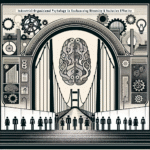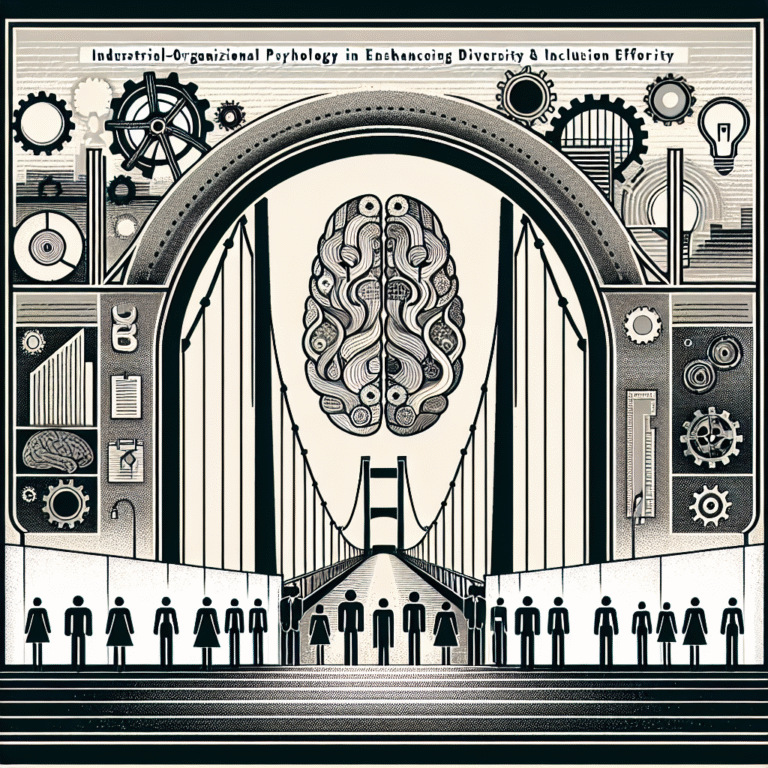
Introduction: The Shift from Management to Leadership
In the rapidly evolving landscape of today’s workplaces, the distinction between a manager and a leader is becoming increasingly pronounced. Companies no longer seek effective managers who can control and coordinate activities; they are searching for transformational leaders who can inspire and empower their teams. This transformation is crucial, and understanding the skills involved in transitioning “From Manager to Leader: Transformational Skills for Today’s Workplaces” is essential for anyone aiming to thrive in a modern organizational environment.
The ability to lead is not innate; it is cultivated through dedication, learning, and the strategic development of specific skills. In this article, we will explore these critical transformational skills and how they can empower individuals to elevate their professional journeys. By diving deep into real-world case studies, actionable strategies, and insightful data, we aim to equip you with the tools needed to succeed in this transitional phase.
Understanding the Shift: Why Move from Manager to Leader?
The Changing Workforce Dynamics
Today’s workforce is as diverse as it is dynamic. Employees look for meaning in their roles and seek employers who align with their values. This means that the old models of management, characterized by strict hierarchies and top-down decision-making processes, are becoming obsolete.
Case Study: Google
Google serves as an exemplary model of this shift. The company has been widely recognized for fostering an innovative and inclusive culture. Managers who adapt to leadership roles focus on empowering their teams, encouraging collaboration, and inspiring creativity. This approach has not only enhanced employee satisfaction but has also driven Google to unprecedented levels of productivity and innovation.
Emotional Intelligence: The Heart of Leadership
At the core of transformational skills is emotional intelligence (EQ). This concept encompasses self-awareness, self-regulation, empathy, and social skills—qualities that allow leaders to connect on a deeper level with their teams.
Research Insight
According to a study by TalentSmart, 90% of top performers have high emotional intelligence. In contrast, low-performers typically have lower levels of EQ. This highlights that to transition from manager to leader, developing emotional intelligence is not just beneficial; it is essential.
The Essential Transformational Skills for Today’s Leaders
1. Visionary Thinking
Definition and Importance: Visionary thinking involves creating a clear, compelling vision for the future that inspires and motivates others. A leader must not only envision possibilities but also communicate them effectively.
Practical Application
Example: In TOMS Shoes, founder Blake Mycoskie established a dual mission: for every pair of shoes sold, one would be given to a child in need. This vision has been intrinsically connected to the company’s growth and has engaged consumers who share similar values.
2. Effective Communication
Communication Styles in Leadership: While managers often focus on instructions and feedback, leaders must engage in more nuanced communication—listening actively and addressing the emotional and motivational needs of their team members.
Table: Key Communication Differences
| Aspect | Managerial Communication | Leadership Communication |
|---|---|---|
| Objective | Task completion | Vision sharing and inspiration |
| Approach | Directive | Engaging and inclusive |
| Feedback Style | Performance review | Growth-oriented conversations |
3. Adaptability
Why It Matters: The ability to adapt to new situations is paramount in today’s fast-paced environment. Leaders must remain flexible to not only lead their teams but also adjust to changing market demands.
Case Study: Netflix
Netflix’s transition from DVD rentals to streaming is a prime example of adaptability. CEO Reed Hastings not only recognized emerging trends but also led his team through significant changes in strategy, solidifying the company’s position as a leader in the entertainment industry.
4. Empowerment and Delegation
Creating a Culture of Trust: A true leader knows the art of empowering others. Trust and autonomy translate into higher engagement levels. When team members feel valued, they are more likely to invest themselves in their work.
Example Strategy
Adopt a “leadership circle” approach where employees are encouraged to take ownership of projects. This not only fosters accountability but also stimulates innovation and problem-solving.
Transforming Your Skills: Actionable Steps
Embrace Continuous Learning
Investing in your own development is crucial. Attend workshops, read books on leadership, and seek mentorship.
- Recommended Books:
- “Leaders Eat Last” by Simon Sinek
- “Dare to Lead” by Brené Brown
Seek Feedback
Constructive criticism can illuminate blind spots. Regularly request feedback from peers and mentors to enhance your leadership capabilities.
Build a Support Network
Surround yourself with like-minded individuals who can provide encouragement and different perspectives. Networking can lead to invaluable resources and collaborative opportunities.
Monitoring Progress: Metrics and Outcomes
It’s imperative to track the impact of your transformational skills on both personal and organizational levels. By establishing metrics, you can quantify growth and identify areas needing improvement.
Potential Metrics
- Employee Satisfaction Surveys: Measure engagement and morale within your team.
- Performance Metrics: Track project completion rates and individual contributions.
- Turnover Rates: A decrease in turnover can indicate improved leadership and team satisfaction.
Chart: Tracking Leadership Impact
| Metric | Year 1 | Year 2 | Year 3 |
|---|---|---|---|
| Employee Engagement | 65% | 75% | 85% |
| Turnover Rate | 15% | 10% | 5% |
| Revenue Growth (%) | 8% | 15% | 20% |
Conclusion: The Path Forward
Transitioning “From Manager to Leader: Transformational Skills for Today’s Workplaces” is not merely a professional evolution; it’s a personal journey. Embracing these skills creates a ripple effect that can enhance not only your career but also the lives of those you lead. Begin implementing these strategies today, and watch as you inspire others, foster innovation, and create a thriving workplace culture.
Call to Action
Reflect on your current leadership style. Are you ready for the transition? Consider setting specific goals for your leadership development—whether that’s improving emotional intelligence, enhancing communication skills, or becoming an adaptable leader. The future of work demands it.
FAQs
1. What are the key differences between managers and leaders?
- Managers focus on processes and control, while leaders inspire and motivate employees towards a shared vision.
2. How can I develop my emotional intelligence?
- Practice self-awareness through reflection, seek feedback, and engage in active listening.
3. What role does adaptability play in leadership?
- Adaptability allows leaders to pivot in response to changing market conditions, ensuring sustained organizational success.
4. How do I know if I’m ready to take on a leadership role?
- Assess your willingness to embrace responsibility, inspire others, and engage in continuous learning.
5. What resources can I use to enhance my leadership skills?
- Consider books, online courses, mentorship programs, and networking opportunities.
By focusing on the transformational skills that distinguish great leaders, you not only improve yourself but also contribute significantly to creating a better workplace for everyone. Each step you take towards becoming a true leader is a step towards a more engaged and innovative future.


















